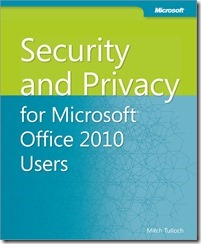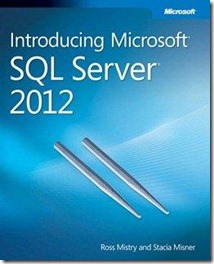With Window XP coming to an end of life here is a site that will teach you how to easily how to do this. You will get a comprehensive, step-by-step guide to the Windows 7 deployment process, from application compatibility testing and volume activation to image creation and data migration. Here are the modules and what they cover
Windows 7 Deployment Methods and Technologies
This module covers the different methods available for deploying Windows 7. After completing this module you will have covered how to choose a deployment strategy, the licensing options, and the tools that can be used to plan a deployment process.
Prepare the Environment for a Windows 7
This module covers the tasks that have to be performed to prepare an environment for Windows 7 deployment. After completing this module you have an understanding of what is required before using Windows Deployment Services (WDS), the Application Compatibility Toolkit (ACT), Multicast deployments, Volume activation, Windows Automated Installation Kit and Zero-touch deployments.
Create a Windows 7 Image
This module covers the core deployment task of creating Windows 7 images. After completing this module you will have an understanding of how to build standard images, how to prepare a reference machine for capture, capturing the image and then applying it to other computers. Finally the module will cover the tools that you will use during the creation process; SYSPREP, ImageX, PnPUtil and how to then work with the images these tools help create.
Update a Windows 7 Image
After completing this module you will have an understanding of how to use Deployment Image Servicing and Management (DISM) to update an existing Windows 7 Image. The module will cover servicing offline strategies and how to do service them
Deploy a Windows 7 Image
This module looks at the various methods for deploying a Windows 7 image. There are a number of methods for deploying Windows 7 in various scenarios, after completing this module you will have an understanding of how to deploy manually, using an unattended deployment method, using the Windows Automated Installation Kit and using WDS.
Migrate Computers to Windows 7
In this module you will learn about how to migrate existing computers to Windows 7. Moving existing settings, files and application to new installations is key deployment task, this module covers the tools available to extract and migrate these settings and deploy them on new machines. Finally this module covers how to use these tools to do this in high volume deployments.
Configure and Manage Application Compatibly
When deploying a new desktop OS knowing that the applications your organization uses will work on the new system is a critical task. The module covers the aspects of application compatibility, starting with getting an inventory of what applications are running in your organization. Once you understand what is running you can analyze the applications and use the tools to ensure these applications run under Windows 7. There are a number of tools available to help; this module covers the Application Compatibility Toolkit, MED-V, Virtual PC and Windows XP Mode. After completing this module you will understand these tools, how and when to use them.
Light Touch Installation using Windows Deployment services
After completing this module you will have an understanding of how to use Windows Deployment Services (WDS) as a deployment tool. The module covers getting started with WDS and step-by-step information on using WDS.
Deploy using System Center Configuration Manager
This module covers using System Center Configuration Manager (SCCM) to deploy Windows 7. After completing this module you will have an understanding of zero touch deployment of Windows 7 using both SCCM and the Microsoft Deployment Toolkit, how to create distribution points, use multicast to deploy the bits to computers, task sequencing and finally using SCCM for software updates.
Create and Manage Windows PE Environment
This module provides a comprehensive view of the Windows PE environment. During the module you will learn about how to create a PE environment using the Oscdimg command, booting computers from a Windows PE bootable image. Because all deployment environments are different, the module will cover how to customize the PE environment by loading drivers and applications into the image. Finally the module will cover the Windows Recovery Environment, what it is and how it works.
Manage Deployments with Microsoft Deployment Toolkit
This module covers the use of the Microsoft Deployment toolkit for deploying Windows 7. After completing this module you will have an understanding of how to use the toolkit to build the deployment environment, including building Images, using the deployment workbench and migrating from Windows XP.
IE 9
The Microsoft Virtual Academy: Deploying Windows 7 is the place to learn all of this
To learn more go Here










